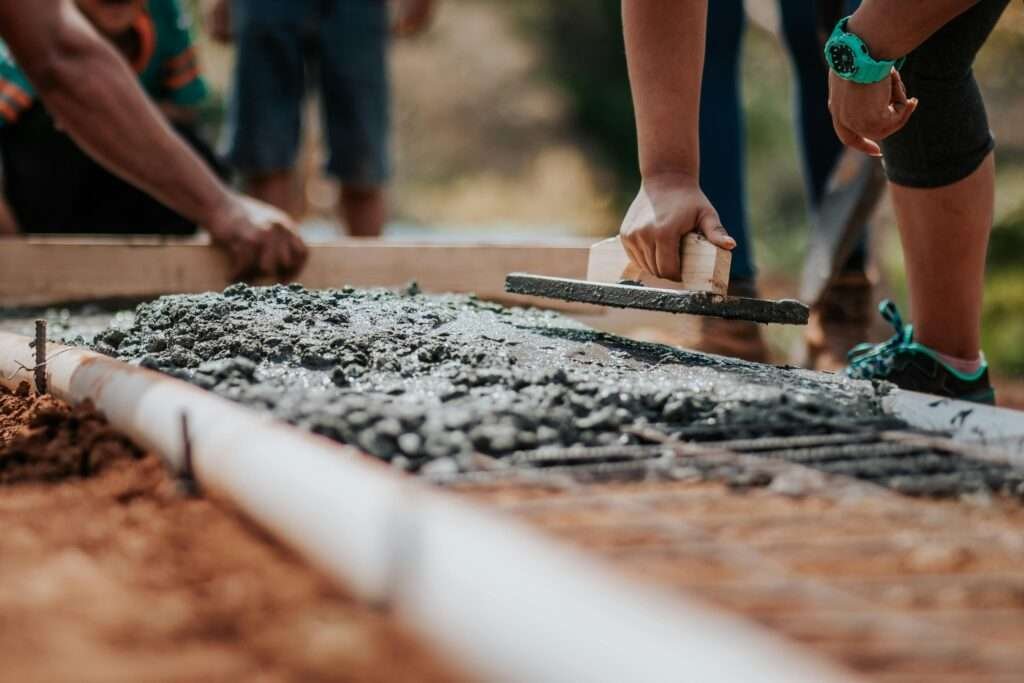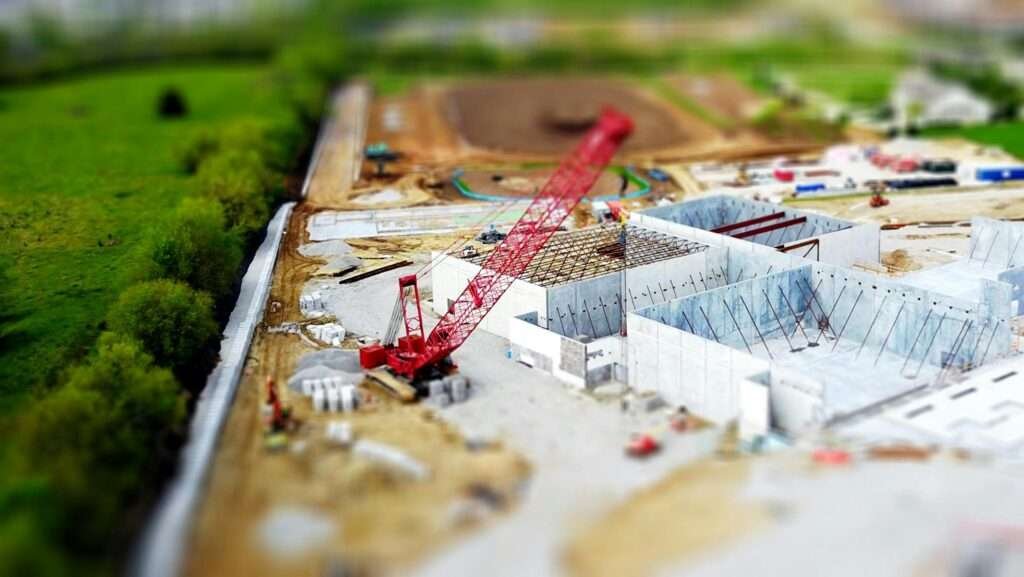The world is now dominated by science, and the house formation is no exception. There is a lot of science behind the creation of houses, from design to implementation and from foundation to finishing. Every step is advised and guided by science. This scientific approach provides more safety and security for your home in terms of its form and structure and enhances the living experience within it. In this article, I will discuss the key aspects of the science behind the formation of houses.
Table of Contents
Science Behind The house formation: Useful Tips for Professionals & Companies
As we all know, building a house is not just another construction project; it involves a lot of science. Each operation is rooted in science, from material selection to ensuring structural integrity. Understanding these scientific factors has significant implications for companies and professionals in the field of construction, leading to better decisions, cost-effective solutions, and increased sustainability. In this article, we discuss the science of house creation and why it is crucial for both business and life.
Soil Science and Geo-technical Engineering
The science behind building starts with soil analysis, as every successful house begins with a proper foundation. Geo-technical engineering examines the load-bearing capability of soil and its resistance levels for pillars or walls. It indicates the physical characteristics of soil that are important for different uses, including composition, moisture content, and load-bearing capacity. According to a 2019 study by the American Society of Civil Engineers (ASCE), inadequate soil investigation and testing lead to about 20% of building failures. Soil mechanics studies help engineers design foundations that protect against settlement or displacement as the house ages.

Science Behind The house formation: Structural Engineering
Every house needs to have its frame capable of working under different type of loads and stresses. The knowledge and skills, that belong to the field of structural engineering, have to be employed to design beams, columns and slabs in order to sustained the structural load and resist lateral forces i.e. winds or Earthquakes. It is here again where material science plays a very crucial role. For example, when deciding on the material of construction between steel for concrete or wood what its impact on the general strength, flexibility, and durability of the structure is. For instance, steel has good tensile strength and is most preferred in regions that experience regular earthquakes.
Thermal Dynamics and Energy Efficiency to be optimized to get the best OutPut
Ventilation of a house is one of the biggest issues that builders and homeowners consider in the construction of a house. Some of the principles of thermal dynamics are used in enhancement of energy by insulation adaptation of windows, and proper placement of Heating Ventilation and Air conditioning systems. It is stated by the U.S. Department of Energy that with standard energy efficient windows and proper insulation the losses of heat and cool can be reduced to as much as twenty percent per year. High R value materials for insulating work as a barrier to heat flow and thus reduces the possible heat loss or heat gain in winter and summer respectively for building structures such as houses. For example, while double-glazed windows cut energy los by half, permitting the internal house enironment to be cooler in summer and warmer in winter.
Best Practices of Sustainable Building
Employing naturally sourced building materials and adopting low-waste handling procedures and efficient energy systems are environmentally science strategies. Green building certification such as LEED, an acronym for Leadership in Energy and Environmental Design, promotes conservation. For instance, by implementing recycled steel instead of actual steel production lowers the emissions of greenhouse gases by 75%. Further, solar panel installation creating not only clean power but also providing added value to a property adding up to an average of 4%. standard of one percent, this having being conducted by Zillow.

Science Behind The house formation: Sound Engineering for Comfort
Acoustics, commonly known as sound engineering, is another scientific aspect often overlooked during the construction of residential homes. A well-designed acoustic environment ensures that homes are comfortable with minimal unwanted noise. This involves choosing materials and creating spaces that absorb sound while minimizing noise transfer. For instance, utilizing double-layered drywall and soundproof insulation in walls can significantly reduce noise levels. The World Health Organization emphasizes how decreasing noise pollution can improve mental health and overall well-being, asserting the role of good acoustic design.
Science Behind The house formation: Modern Construction Practical Examples
If we take the RCC structural system as an example to build a house, we can see a step-by-step process universally followed and prescribed by science. The RCC foundation, column and grade beam formation, plinth soil compaction, floor casting with moisture protection, roof casting with thermal control, the electric wiring in the slab, the plumbing pipes layout system for fluent water and waste management—everything is guided by science. Therefore, we can’t install them without considering the technical issues.
Science Behind The House formation: Modern Prefabrication Concept
With the revolution of science and technology, there have been significant improvements in the home architecture industry. No one believed before the 18th century that it would be possible to build a house within a month or even a day. The prefabricated house system brings this myth to reality, thanks to modern science. Now you can order a custom prefabricated home from companies that will fit your site within a month or even a day.
Culmination
Science has brought revolutionary positive impacts to the home building and construction industry, despite a few negative aspects. The fields of sustainability, house formation, thermal dynamics, sound control, and lighting all have scientific solutions. Thus, it can be concluded that science has brought numerous blessings to the formation of houses.

